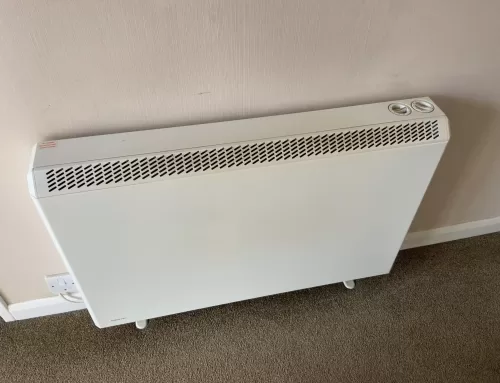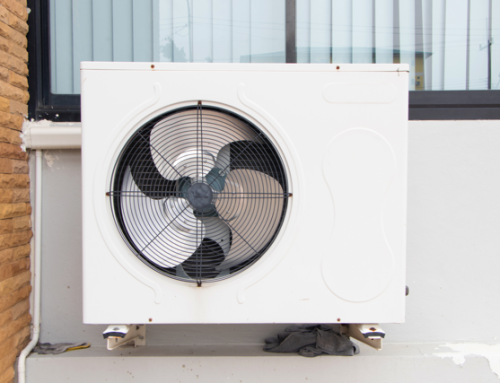Condensation and Mould in Your Home
Introduction:
Condensation and mould in your home is a common issue, particularly during the colder months. Here at Bluewire Hub, we understand the importance of maintaining a healthy home environment. In this blog, we’ll explore some of the causes of these damp problems and provide some practical tips to prevent and address them.
What is Condensation?
Condensation is a prevalent cause of dampness, especially near cold surfaces like window frames. It occurs when moist air comes into contact with cool surfaces, turning back into water and making those surfaces damp.
What are the Causes of Condensation?
- Temperature Differences: When warm air inside the property encounters cooler surfaces, such as windows or walls, condensation occurs.
- Lack of Ventilation: Insufficient ventilation can trap moist air inside, leading to increased condensation.
- Daily Activities: Cooking, showering, and drying clothes indoors release moisture into the air, contributing to condensation.
How Can You Preventing Condensation?
Heating:
- Ensure that your heating system is functioning properly; consider servicing or repairing it if necessary.
- During colder periods, maintain a regular schedule for turning on the heating. This doesn’t require keeping it on all day, every day, but often enough to keep your home dry. If this isn’t feasible, focus on implementing the following measures…
Ventilation:
- Frequently open external doors and windows throughout your home.
- In the kitchen and bathroom, open windows to allow steam generated from cooking, showering, or bathing to escape.
- Regularly check and clean existing extractor fans, ensuring they operate automatically or are manually turned on during steam-producing activities.
- Keep trickle vents on windows open or leave bathroom and kitchen windows slightly ajar using the security latch.
- Ensure vents and airbricks are unobstructed. If covered, move the cover to the open position.
- If you observe mould behind furniture, relocate it to allow for proper air circulation.
- In crowded spaces with many people or pets, enhance ventilation, as breathing contributes to increased moisture levels.
- Use a humidity meter (Hygrometer) to identify rooms requiring regular ventilation.
Reducing Moist Air:
- When cooking, cover pans with lids to trap steam and reduce cooking time.
- Keep doors closed to prevent moisture from spreading, especially in the bathroom and kitchen during showering or cooking.
- Whenever possible, avoid drying laundry indoors.
- If indoor drying is necessary, use the washing machine’s spin cycle twice to reduce water retention. Consider using a tumble dryer or hang laundry in a room with the internal door closed and a window open.
- Ensure clothes are completely dry before storing them in wardrobes and drawers.
- Avoid using portable gas heaters indoors, as they increase indoor humidity.
- Wipe down windows and frames if they have condensation on them.
- In severe cases consider using a Dehumidifier

Checklist for Homeowners and Landlords:
Insulate the property to increase inside temperature and reduce the likelihood of damp.
Install extractor fans in the kitchen and bathroom for consistent ventilation.
Install trickle vents on windows if not already present.
Ensure kitchen and bathroom doors can be shut to contain moist air.
Regularly service the heating system and make necessary repairs.
Provide outdoor space for drying clothes.
Mould: Understanding the Basics
Mould is a type of fungus that thrives in damp and humid conditions. It reproduces through tiny spores that can be harmful when inhaled.
What are the Causes of Mould Growth?
- Dampness: Persistent damp conditions, often resulting from condensation, create an ideal environment for mould.
- Poor Ventilation: Inadequate ventilation allows moisture to accumulate, promoting mould growth.
- Leakages: Water leaks from pipes, roofs, or windows contribute to dampness and mould growth.

What is the Impact of Mould?
Mould can cause respiratory issues, allergies, and other health problems. It can also damage property, including furniture and structural elements.
How Can You Prevent and Manage Mould?
- Report Issues Promptly: If you are a tenant, inform your landlord or letting agent immediately if you notice signs of dampness or mould.
- Ventilation: Keep the property well-ventilated to reduce moisture levels.
- Clean Regularly: Regular cleaning helps prevent mould growth. Pay attention to areas prone to dampness.
- Address Leaks: Report and address any leaks promptly to prevent water damage.
Conclusion
Understanding and addressing condensation and mould in your home can be crucial for maintaining a healthy and comfortable living space. By following these preventive measures and seeking professional advice when needed, homeowners, tenants and landlords can ensure a dry and mould-free environment. At Bluewire Hub Ltd, we are dedicated to promoting energy efficiency and providing solutions to enhance the quality of your home. Get in touch for more information on our services..

*Please note as an Amazon Associate we do earn a small commission fee from qualifying purchases made using our links.







